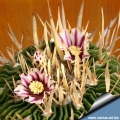Donate now to support the LLIFLE projects.
Your support is critical to our success.
Your support is critical to our success.
Echinofossulocactus crispatus
Gard. Mag. (Loudon) 1841, xvii. 317; Britton & Rose, Cactaceae, iii 116 (1922).
Family: CACTACEAE
Gard. Mag. (Loudon) 1841, xvii. 317; Britton & Rose, Cactaceae, iii 116 (1922).
Family: CACTACEAE
Accepted Scientific Name: Stenocactus crispatus (DC.) A.Berger
Kakteen (Berger) 346. 1929 (A.Berger)
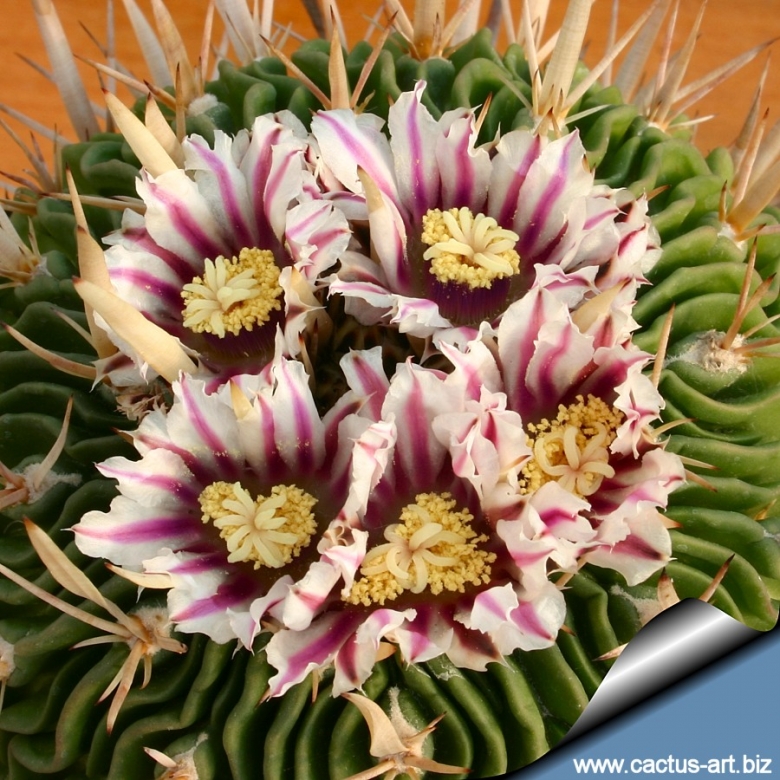
Echinofossulocactus crispatus (Stenocactus crispatus) Photo by: Cactus Art
A.k.a. "Brain Cactus" Its spines are very variable in shape and length, occasionally they are very long ( up to 10 cm long )
A.k.a. "Brain Cactus" Its spines are very variable in shape and length, occasionally they are very long ( up to 10 cm long )
Synonyms:
- Stenocactus crispatus (DC.) A.Berger
- Brittonia crispata (DC.) Speg.
- Brittonrosea crispata (DC.) Speg.
- Echinocactus crispatus DC.
- Echinocactus undulatus A.Dietr.
- Echinofossulocactus crispatus (DC.) Lawr. in Loudon
- Efossus crispatus (DC.) Orcutt
- Ferocactus crispatus (DC.) N.P.Taylor
See all synonyms of Stenocactus crispatus
back
Accepted name in llifle Database:Stenocactus crispatus (DC.) A.Berger
Kakteen (Berger) 346. 1929
Synonymy: 111
- Stenocactus crispatus (DC.) A.Berger
- Brittonia crispata (DC.) Speg.
- Brittonrosea crispata (DC.) Speg.
- Echinocactus crispatus DC.
- Echinocactus undulatus A.Dietr.
- Echinofossulocactus crispatus (DC.) Lawr. in Loudon
- Efossus crispatus (DC.) Orcutt
- Ferocactus crispatus (DC.) N.P.Taylor
- Stenocactus acroacanthus (D.C.Stieber) W.T.Marshall & T.M.Bock
- Echinocactus acroacanthus D.C.Stieber
- Echinofossulocactus acroacanthus (D.C.Stieber) G.D.Rowley
- Echinofossulocactus crispatus f. acroacanthus (D.C.Stieber) P.V.Heath
- Stenocactus anfractuosus (Mart. ex Pfeiff.) A.Berger
- Brittonrosea anfractuosa Speg.
- Echinocactus anfractuosus Mart. ex Pfeiff.
- Echinofossulocactus anfractuosus (Mart. ex Pfeiff.) Lawr. in Loudon
- Echinofossulocactus crispatus f. anfractuosus (Pfeiff.) P.V.Heath
- Efossus anfractuosus Orcutt
- Stenocactus arrigens (Link ex A.Dietr.) A.Berger
- Brittonrosea arrigens Speg.
- Echinocactus arrigens Link ex A.Dietr.
- Echinofossulocactus arrigens (Link ex A.Dietr.) Britton & Rose
- Echinofossulocactus crispatus f. arrigens (Link ex A.Dietr.) P.V.Heath
- Echinofossulocactus obvallatus var. arrigens (Link ex A.Dietr.) J.Meyran
- Efossus arrigens (Link ex A.Dietr.) Orcutt
- Stenocactus arrigens f. cristatus hort.
- Stenocactus confusus (Britton & Rose) F.M.Knuth in Backeb. & F.M.Knuth
- Brittonrosea confusa Speg.
- Echinofossulocactus confusus Britton & Rose
- Echinofossulocactus crispatus f. confusus (Britton & Rose) P.V.Heath
- Efossus confusus (Britton & Rose) Orcutt
- Stenocactus crispatus f. cristatus hort.
- Stenocactus crispatus f. ensiferus (Lem.)
- Echinocactus anfractuosus var. ensiferus (Lem.) Salm-Dyck
- Echinocactus ensiferus Lem.
- Echinofossulocactus crispatus f. ensiferus (Lem.) P.V.Heath
- Stenocactus crispatus f. undulatus (A.Dietr.)
- Echinofossulocactus crispatus f. undulatus (A.Dietr.) P.V.Heath
- Stenocactus dichroacanthus (Mart. ex Pfeiff.) A.Berger ex Backeb. & F.M.Knuth
- Brittonrosea dichroacantha (Mart. ex Pfeiff.) Speg.
- Echinocactus dichroacanthus Mart. ex Pfeiff.
- Echinocactus dichroacanthus spinosior Monv. in Labour.
- Echinofossulocactus crispatus f. dichroacanthus (Mart.) P.V.Heath
- Echinofossulocactus dichroacanthus (Mart. ex Pfeiff.) Britton & Rose
- Efossus dichroacanthus (Mart. ex Pfeiff.) Orcutt
- Stenocactus fasciculatus hort.
- Stenocactus flexispinus hort.
- Echinocactus flexispinus Salm-Dyck non Engelm.
- Echinofossulocactus crispatus f. flexispinus (Salm-Dyck) P.V.Heath
- Echinofossulocactus flexispinus (Salm-Dyck) Bravo
- Stenocactus gladiatus (Link & Otto) A.Berger ex Backeb. & F.M.Knuth
- Brittonrosea gladiata (Link & Otto) Speg.
- Echinocactus gladiatus Link & Otto
- Echinocactus gladiatus intermedius Lem. in Labour.
- Echinocactus gladiatus ruficeps Lem. in Labour.
- Echinofossulocactus gladiatus (Link & Otto) Lawr. in Loudon
- Efossus gladiatus (Link & Otto) Orcutt
- Melocactus gladiatus Link & Otto
- Stenocactus grandicornis (Lem.) A.Berger ex Backeb. & F.M.Knuth
- Brittonrosea grandicornis (Lem.) Speg.
- Echinocactus grandicornis Lem.
- Echinocactus grandicornis var. fulvispinus Salm-Dyck
- Echinofossulocactus crispatus f. grandicornis (Lem.) P.V.Heath
- Echinofossulocactus grandicornis (Lem.) Britton & Rose
- Efossus grandicornis (Lem.) Orcutt
- Stenocactus phyllacanthus f. grandicornus hort.
- Stenocactus guerraianus f. cristatus
- Stenocactus hastatus (Hopffer ex K.Schum.) A.Berger
- Brittonrosea hastata (Hopffer ex K.Schum.) Speg.
- Echinofossulocactus hastatus (Hopffer ex K.Schum.) Britton & Rose
- Echinofossulocactus sulphureus f. hastatus (Hopffer ex K.Schum.) P.V.Heath
- Efossus hastatus (Hopffer ex K.Schum.) Orcutt
- Stenocactus lamellosus hastatus hort.
- Stenocactus kellerianus hort.
- Echinofossulocactus crispatus f. kellerianus (Krainz) P.V.Heath
- Echinofossulocactus kellerianus Krainz
- Stenocactus lamellosus (A.Dietr.) A.Berger
- Brittonrosea lamellosa (A.Dietr.) Speg.
- Echinocactus lamellosus A.Dietr.
- Echinocactus lamellosus var. fulvescens Salm-Dyck
- Echinofossulocactus crispatus f. lamellosus (A.Dietr.) P.V.Heath
- Echinofossulocactus lamellosus (A.Dietr.) Britton & Rose
- Efossus lamellosus (A.Dietr.) Orcutt
- Stenocactus lancifer (A.Dietr.) A.Berger ex Backeb. & F.M.Knuth
- Brittonrosea lancifera (A.Dietr.) Speg.
- Echinocactus lancifer A.Dietr.
- Echinofossulocactus crispatus f. lancifer (A.Dietr.) P.V.Heath
- Echinofossulocactus lancifer (A.Dietr.) Britton & Rose
- Efossus lancifer (A.Dietr.) Orcutt
- Stenocactus longispinus hort.
- Echinofossulocactus arrigens var. longispinus (Pechanek) hort.
- Echinofossulocactus dichroacanthus var. longispinus (Pechanek) hort.
- Echinofossulocactus longispinus Pechanek
- Stenocactus crispatus f. longispinus hort.
- Stenocactus multiareolatus Bravo
- Stenocactus violaciflorus (Quehl) A.Berger
- Brittonrosea violaciflora (Quehl) Speg.
- Echinocactus violaciflorus Quehl
- Echinofossulocactus crispatus f. violaciflorus (Quehl) P.V.Heath
- Echinofossulocactus violaciflorus (Quehl) Britton & Rose
- Efossus violaciflorus (Quehl) Orcutt
- Stenocactus dichroacanthus subs. violaciflorus (Quehl) U.Guzmán & Vázq.-Ben.
- Stenocactus dichroacanthus var. violaciflorus (Quehl) Bravo
- Stenocactus xiphacanthus (Miq.) hort., nov. comb. ined.
- Echinocactus xiphacanthus Miq.
- Echinofossulocactus xiphacanthus (Miq.) Backeb.
back
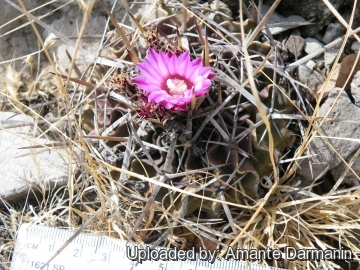
Stenocactus crispatus, Tuxagni near Lagunilla, Hidalgo. (Stenocactus crispatus) Photo by: Amante Darmanin
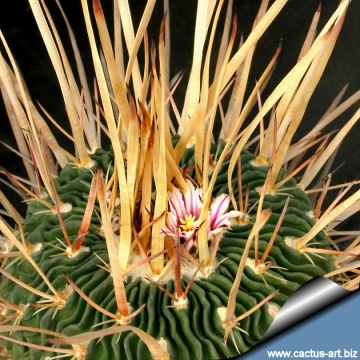
Echinofossulocactus crispatus (Stenocactus crispatus) Photo by: Cactus Art
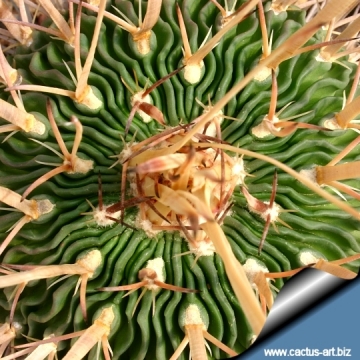
Echinofossulocactus crispatus (Stenocactus crispatus) Photo by: Cactus Art
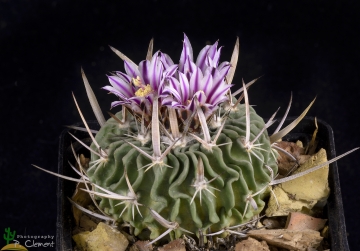
Echinofossulocactus crispatus (Stenocactus crispatus). Huizache (Stenocactus crispatus) Photo by: Peiffer Clement
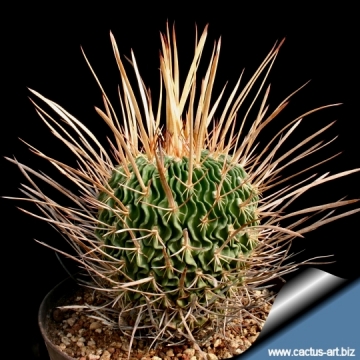
Echinofossulocactus crispatus (Stenocactus crispatus) Photo by: Cactus Art
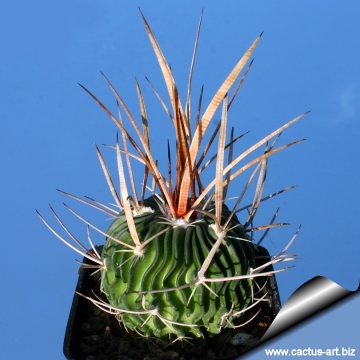
Echinofossulocactus crispatus (Stenocactus crispatus) Photo by: Cactus Art
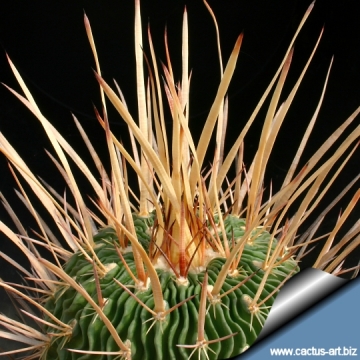
Echinofossulocactus crispatus (Stenocactus crispatus) Photo by: Cactus Art
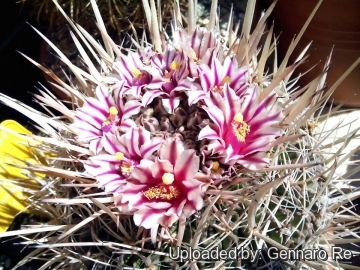
Echinofossulocactus crispatus (Stenocactus crispatus) Photo by: Gennaro Re
| Your Actions | |
|---|---|
| Back to Echinofossulocactus index | |
| Back to Cactaceae index | |
 |
Back to Cacti Encyclopedia index |








